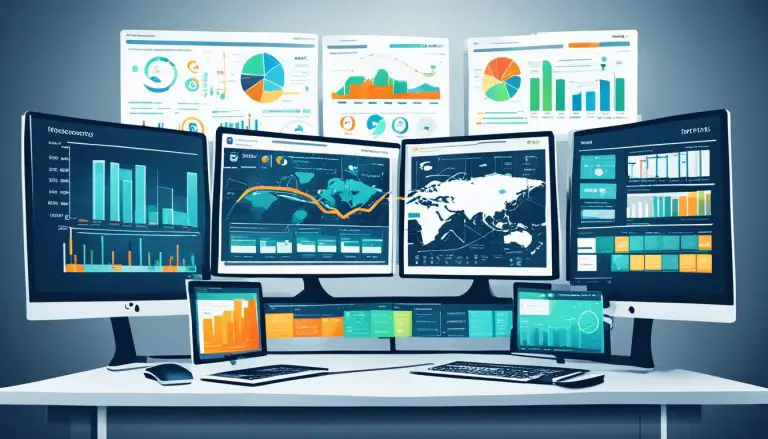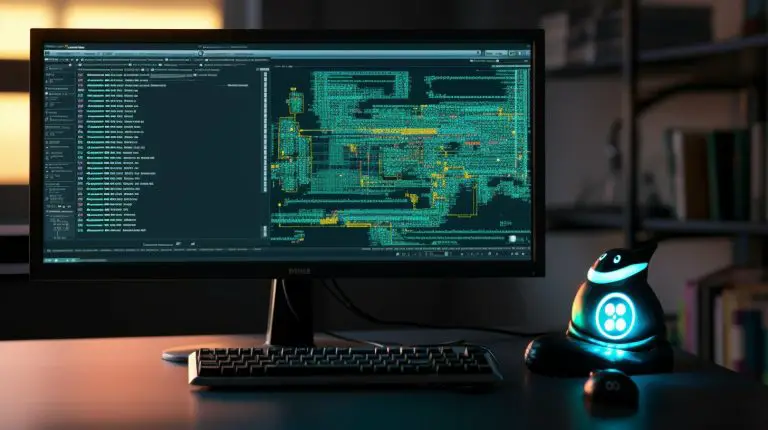Uncover How to Check Django Version: Your Simple Guide
Checking the version of Django you’re working with is essential for compatibility and functionality reasons. Whether you’re troubleshooting an issue or ensuring compatibility with other packages, knowing your Django version can be crucial. This article offers a straightforward method to determine it.
Key Takeaways:
- Knowing your Django version is crucial for compatibility and troubleshooting.
- You need to have Python and Django installed to check the Django version.
- Use the command “django-admin –version” in the terminal or command prompt to determine the Django version.
- Understanding the version number is important for compatibility and leveraging features.
Prerequisites For Checking Django Version
In order to check the version of Django on your system, there are a few prerequisites that need to be met. First and foremost, ensure that you have Python installed on your machine. You can quickly check if Python is installed by opening your terminal or command prompt and typing the command “python –version”. This will display the version of Python installed on your system.
The next prerequisite is having Django installed. To verify if Django is already installed, you can use the command “django-admin –version” in your terminal or command prompt. If Django is installed, it will display the version number. If you don’t have Django installed, you can easily install it using pip by running the command “pip install django”.
Once you have Python and Django installed, you’ll be ready to check the Django version and proceed with your development or troubleshooting tasks.
Using The Command Line To Determine Django Version
One of the easiest ways to determine the version of Django installed on your system is by using the command line. By executing a simple command, you can quickly retrieve the Django version number and ensure compatibility with other packages and libraries.
To get started, open your terminal or command prompt and type the following command:
django-admin –version
This command will display the Django version installed on your system. If everything is set up correctly, you should see the version number printed on the screen. For example, it might look like this:
3.2.5
It’s important to note that if you encounter any errors or issues while running the command, make sure Django is correctly installed and that you have the necessary permissions to execute commands in your terminal or command prompt.
By utilizing the command line to determine your Django version, you can easily stay up to date with the latest releases and ensure your projects are running smoothly.
Interpreting The Version Number
When it comes to understanding the version number of Django, it’s crucial to grasp the concept of Semantic Versioning. Django follows this specific versioning system, which consists of three segments: major, minor, and micro.
The major version represents significant changes in the framework. It indicates that there have been substantial updates and potentially breaking changes that require careful consideration during any updates or migrations.
The minor version, on the other hand, signifies added functionalities in a backward-compatible manner. These updates bring new features and enhancements without introducing any breaking changes that could affect existing code.
Finally, the micro version denotes backward-compatible bug fixes. These updates address any issues or bugs identified in the framework, ensuring a smoother experience for developers and users alike.
FAQ
How do I check the Django version on my system?
To check the Django version on your system, ensure that you have Python and Django installed. Use the command “python –version” to verify Python installation, and “django-admin –version” to verify Django installation. If Django is not installed, you can use “pip install django” to install it.
How can I determine the Django version using the command line?
Open your terminal or command prompt and use the command “django-admin –version” to display the Django version installed on your system.
What is the significance of the version number in Django?
Django follows a versioning system called Semantic Versioning. The version number consists of three segments: major, minor, and micro. The major version indicates significant changes, the minor version represents added functionalities in a backward-compatible manner, and the micro version denotes backward-compatible bug fixes. Understanding the version number is important for ensuring compatibility and leveraging the best features.
Source Links
- https://stackoverflow.com/questions/63410207/how-to-find-django-version-of-a-project
- https://marketsplash.com/tutorials/django/how-to-check-django-version/
- https://docs.djangoproject.com/en/4.2/intro/tutorial01/
- About the Author
- Latest Posts
Mark is a senior content editor at Text-Center.com and has more than 20 years of experience with linux and windows operating systems. He also writes for Biteno.com






